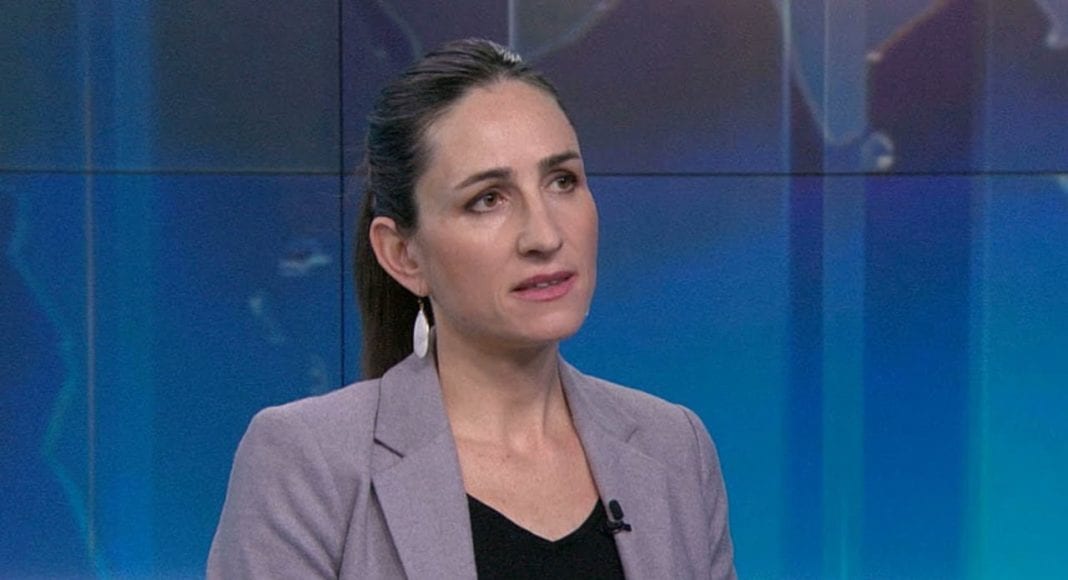Guyana can become one of the largest non-OPEC oil producers in a few years, with the potential to encroach on the markets of less competitive producers as the South American country continues to develop its industry.
This is the view of Lisa Viscidi, Director – Energy, Climate Change and Extractive Industries at Inter-American Dialogue, who was on Monday speaking during an S&P Global Platts podcast titled ‘A new president for Guyana, the next non-OPEC oil giant’.
During the interview with host Meghan Gordon, Viscidi spoke about the South American country’s recent disputed election, the newly inaugurated president Dr Mohamed Irfaan Ali and the implications for Guyana’s oil future.
Viscidi noted that there have been some delays in oil and gas developments in Guyana due not only to the disputed elections but also to the ongoing COVID-19 pandemic.
She noted that while the Liza Phase 2 development is still on schedule for 2022, the 220,000 bpd Payara project which was supposed to start production in 2023 could be delayed. “ExxonMobil is saying that they are looking to push the Payara project FID for September this year when it was supposed to be originally end of 2019,” said Viscidi. She said too that ExxonMobil along with co-venturers HESS and CNOOC are currently producing 98,000 barrels of oil per day (bpd) at the Liza Phase 1 offshore well and is hoping to reach peak production of 120,000 bpd this month.
Stabroek Production Sharing Agreement
Speaking on the positions taken by Guyana’s two major political parties – the PPP/C and APNU+AFC – to oil and gas, she noted that Ali and the PPP have been critical of the APNU+AFC administration’s management of the sector with regards to the negotiation of oil deals. “This week Ali said that he is going to work to make sure that the country’s patrimony is enjoyed by and benefits [Guyanese]. That’s what the essential issue is… who is best suited to help Guyana take advantage of this boom,” she said.
Viscidi noted however that Ali said he was not going to renegotiate the contract between the Government of Guyana and ExxonMobil as that could spawn investor risk perception which could damage the country’s reputation. “He said however that he would take a look at other contracts signed after the ExxonMobil contract,” she said, alluding to statements from the PPP’s electoral campaign which promised to immediately engage the oil and gas companies on future deals.
Viscidi said that while the promise to renegotiate contracts could be a risky move for the country, it is too soon to tell how much it may affect the country’s risk perception.
“I do think that for now the political standoff has really delayed the possibility of any new auctions…that seems unlikely to happen [as] the new government [has to appoint] new people,” she said. For the companies with contracts already signed, those companies she said may have to see how things unfold if there are attempts to change those contracts.
Guyana’s discoveries and the global supply picture
Viscidi said that even on a global scale Guyana looks like a strong player compared to other producing countries. She said in a couple of years Guyana could be one of the largest sources of non-OPEC supply growth. “And there is the potential for more reserves to be discovered… In terms of the comparison countries, Guyana’s breakeven costs are quite competitive compared to some other areas such as US Shale. “Some of those higher cost producers could potentially lose market share to Guyana,” said Viscidi.
The Stabroek agreement was initially signed between the Government of Guyana and ExxonMobil back in 1999 and was amended in 2016.




